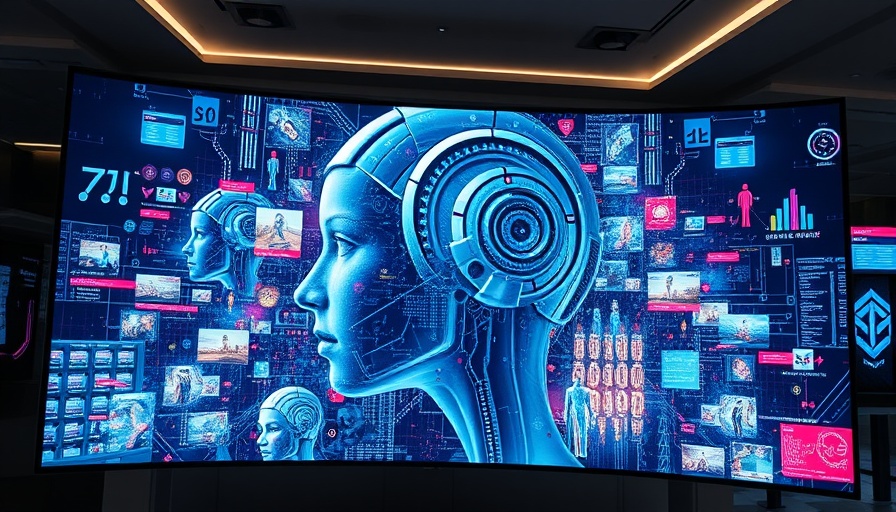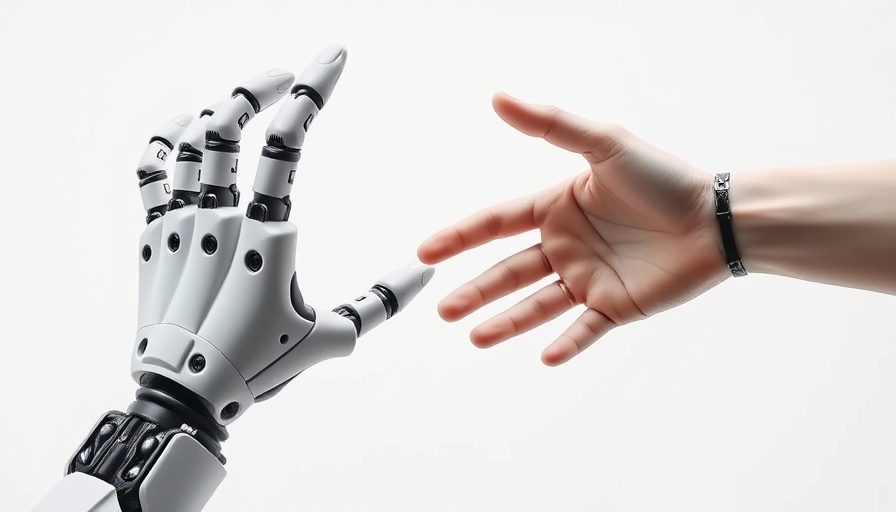
Reimagining Reality: The Phenomenon of AI Image Cloning
Our lives are driven by visuals—photos, videos, and art saturate our digital worlds. But what happens when artificial intelligence goes beyond simple pattern recognition and begins to craft replicas of these images? Welcome to the fascinating realm of AI image cloning, where pixels meet profound possibilities.
The Heart of AI Image Cloning: More Than Just Pixels
At its core, AI image cloning is about advanced pattern recognition. This technology digests thousands of images, absorbing their complex elements—shapes, colors, and proportions. Once trained, it enables fascinating outcomes, taking a basic input such as a grainy selfie and transforming it into a vibrant, fully realized portrayal. It’s akin to having an artistic collaborator who tirelessly paints from an infinite reservoir of inspiration.
The Double-Edged Sword of Uncensored Creativity
While some AI image cloning tools offer incredible freedom for artistic expression, this freedom can come with risks. Uncensored platforms allow users to create anything from whimsical designs to unsettling representations, raising ethical questions about art’s boundaries in the age of AI. For professionals and enthusiasts alike, wielding such creative power requires a delicate balance between exploration and responsibility.
Beyond the Surface: Societal Reflections and Implications
The ability to replicate and remix our images taps into deeper human desires—primarily the urge to see ourselves through a different lens. In a society increasingly driven by digital interactions, the implications of these technologies are far-reaching. They alter how we view our identities, pushing us into a space where self-reflection could lead to significant societal change.
Understanding the Ethical Dimensions of AI Cloning
As AI image cloning continues to evolve, it brings to the forefront vital ethical considerations. Concerns over privacy, consent, and misrepresentation call for clear regulatory frameworks. Legal, ethical, and technological professionals must work together to ensure that this technology develops responsibly and equitably, reflecting the diversity and needs of society.
Concluding Thoughts: Navigating a New Era of Self-Representation
Ultimately, AI image cloning is a glimpse into a future where our digital personas can be reshaped with creative ease. As we engage with this technology, we must reflect on its potentials and pitfalls. It invites us to question how we wish to present ourselves in increasingly virtual spaces while embracing the creativity it unlocks.
 Add Row
Add Row  Add
Add 




Write A Comment